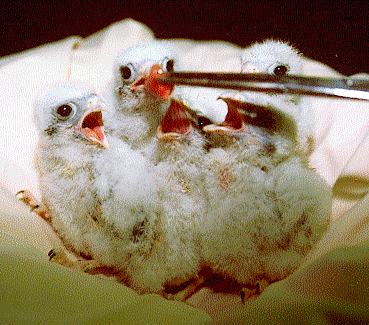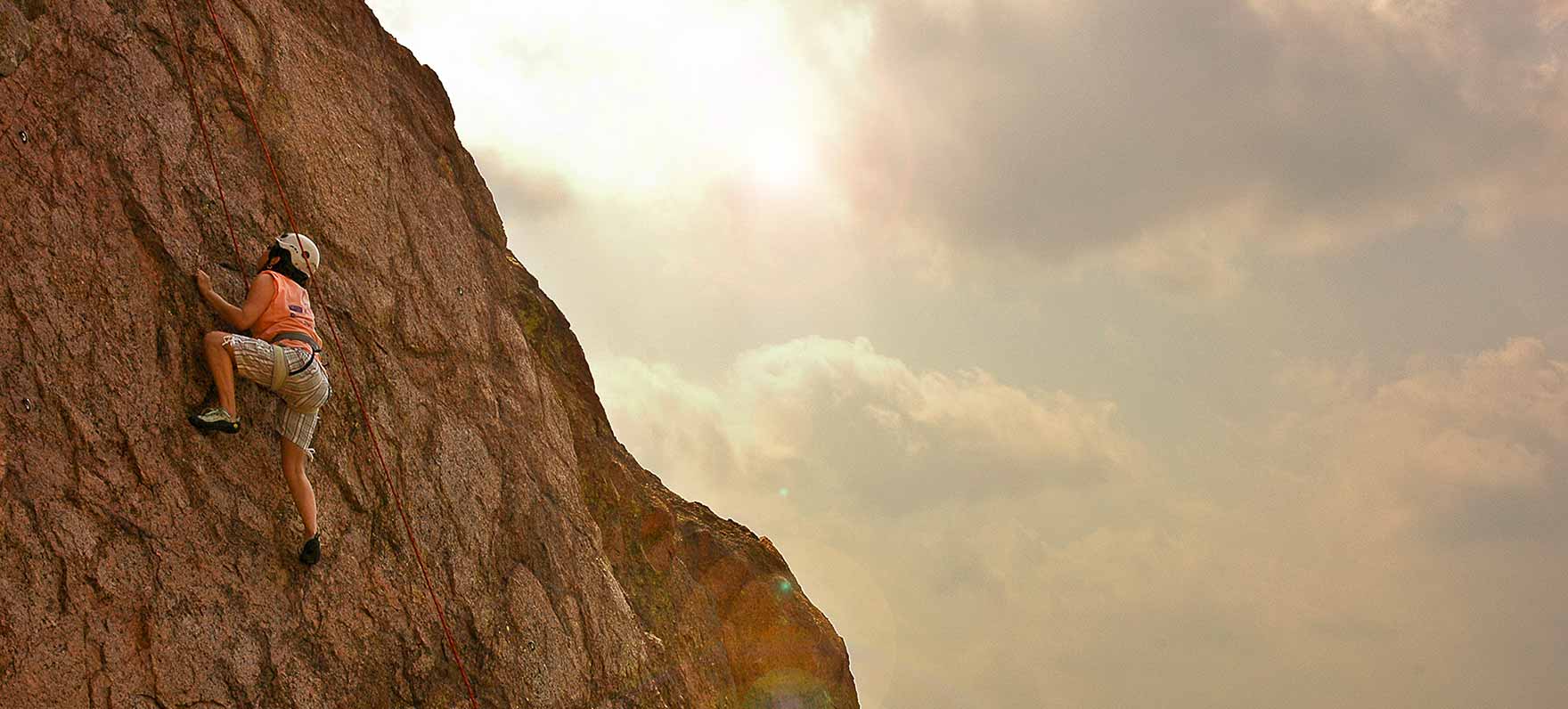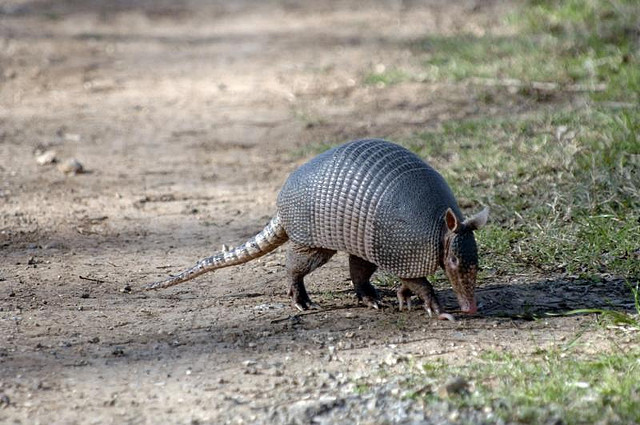Wildlife: Legality of Helping Wildlife
Tuesday, March 31st, 2015
Animal rehabilitator Gail Barnes with fawn at South Plains Wildlife Rehabilitation Center, Lubbock, TX.
This is Passport to Texas
Spring is about reawakening, renewal, and baby animals. That last part – baby animals – can be tricky. You see, sometimes we find infant wildlife when we’re outdoors, and want to “rescue” them, which might actually be more like kidnapping.
08—For example, a baby dear [or fawn] will hide quiet and mama will almost always come back. That’s their strategy.
Jonah Evans, a mammalogist at Texas Parks and Wildlife, says unless an animal is injured or in distress, leave it alone. Monitor it at a safe distance if you’re concerned, but even then…
06— I recommend, before touching an animal, call a rehabilitator and ask them.
Licensed rehabilitators know animal behavior and can provide guidance, which may also include instructions to leave the animal alone because of legal considerations.
12—There are actually some regulations about possessing certain wildlife that you have to make sure you’re not violating. Possessing a non-game animal without a license, could be in violation of
certain laws.
You’ll bypass a life of crime when you know who to call. Find a list of licensed wildlife rehabilitators—by county—on the Texas Parks and Wildlife website.
The Wildlife and Sport Fish Restoration program supports our series and funds diverse conservation projects in Texas.
For Texas Parks and Wildlife, I’m Cecilia Nasti.






 Passport to Texas is a
Passport to Texas is a  Passport to Texas is made available by:
Passport to Texas is made available by: